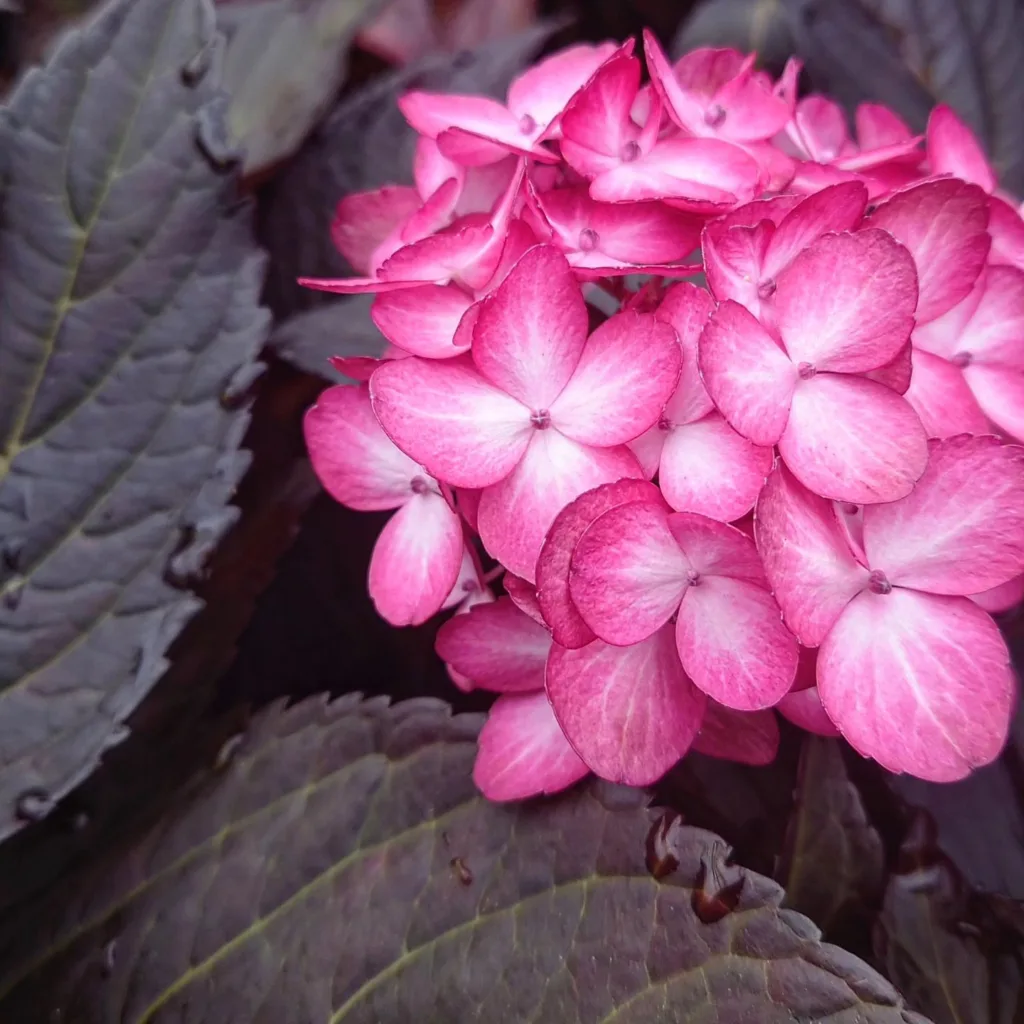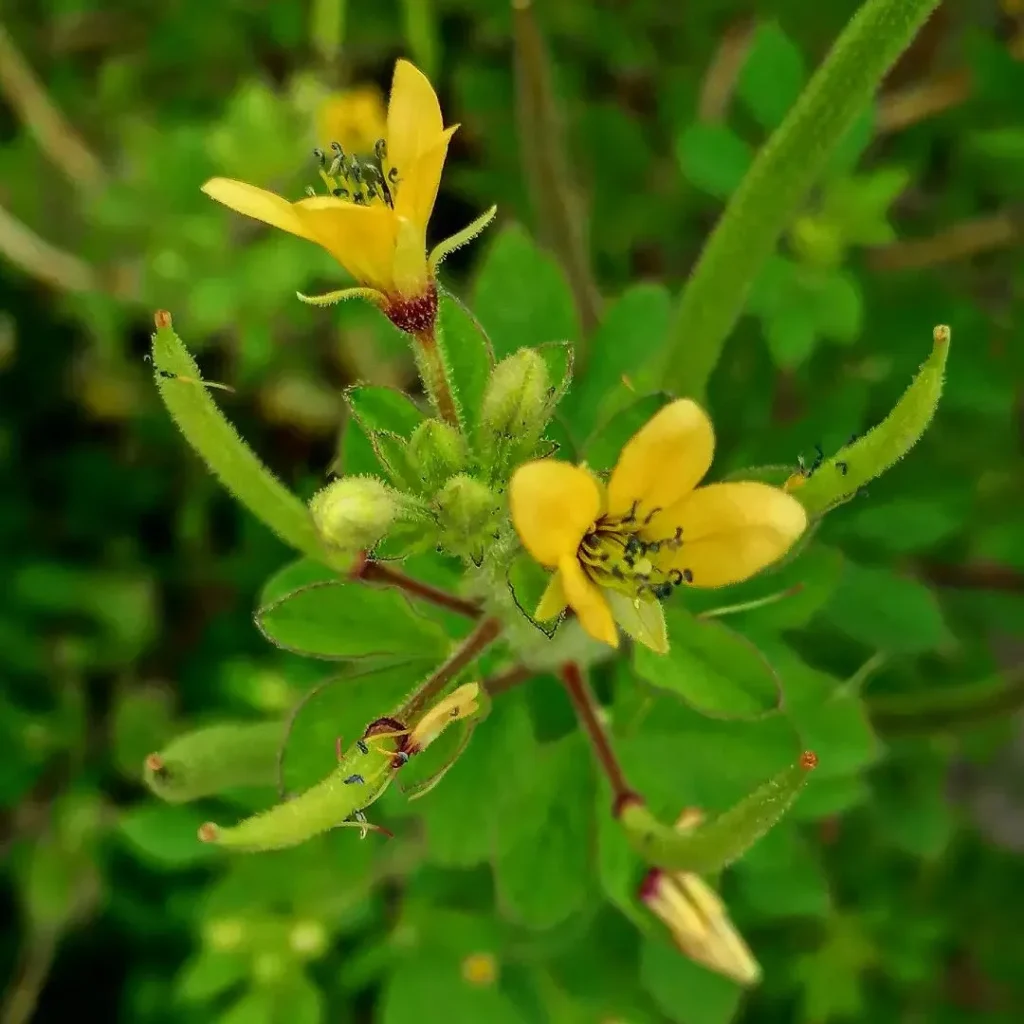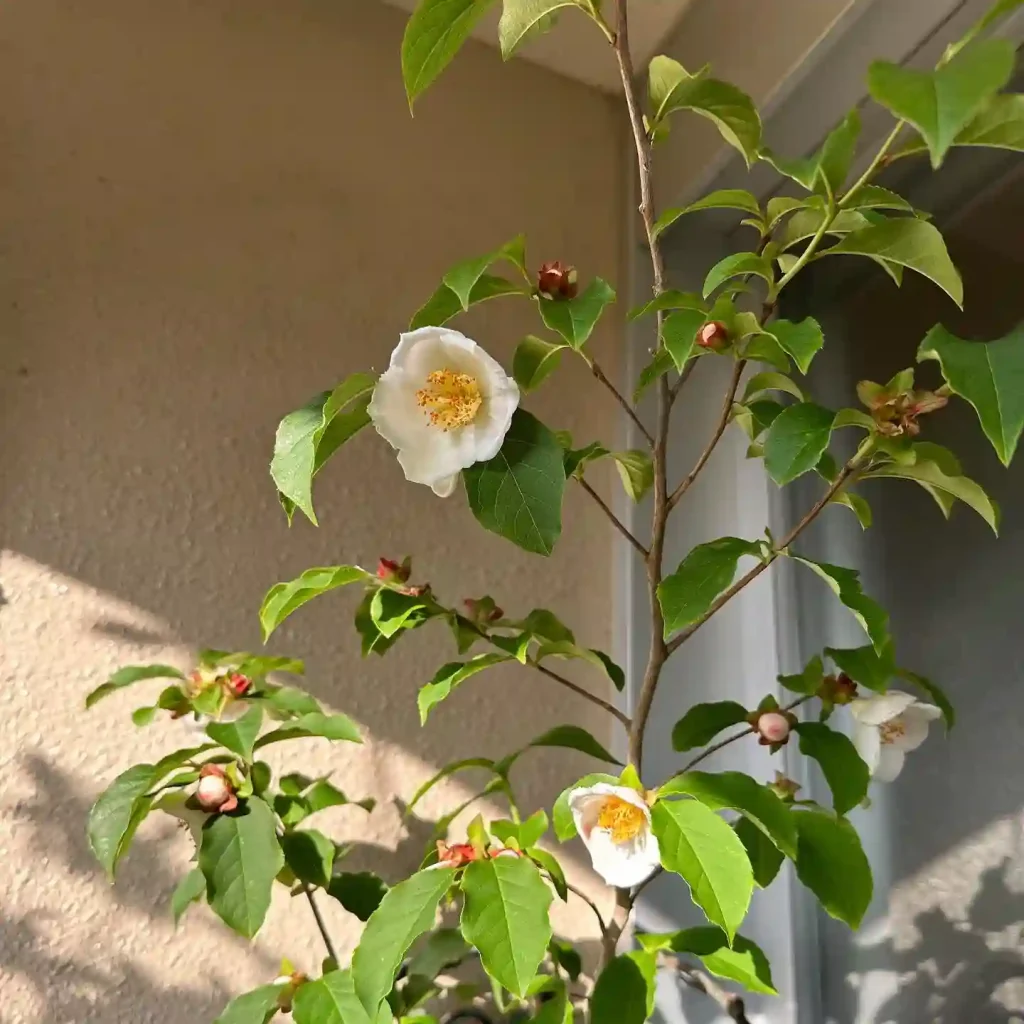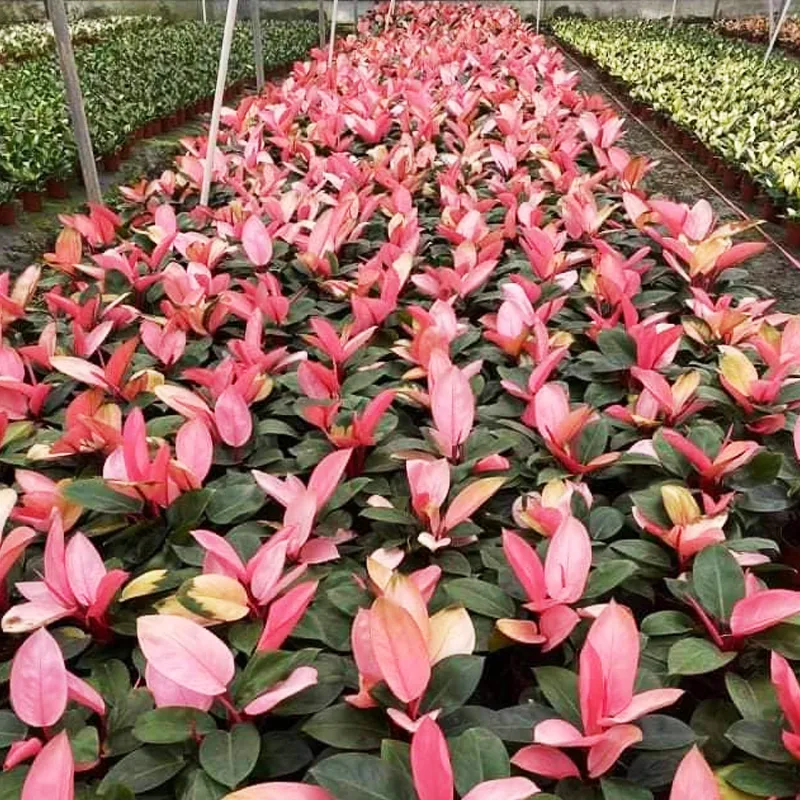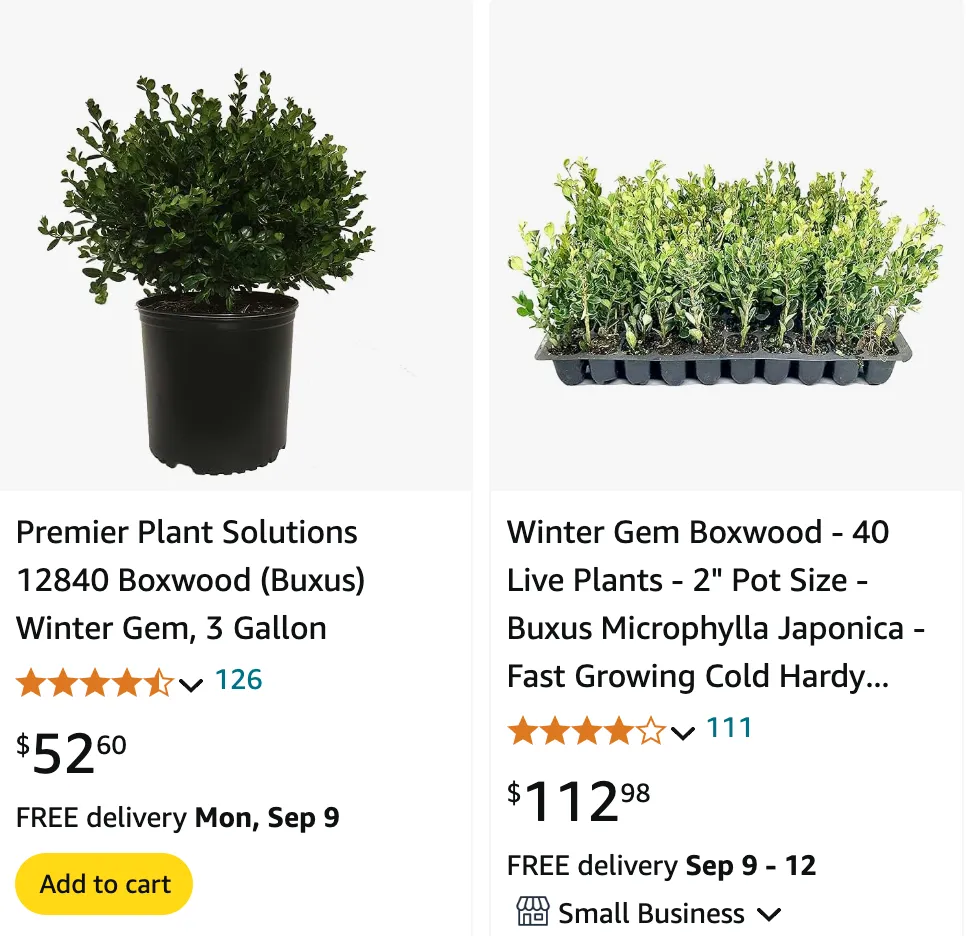
FAQs About Buxus Winter Gem
When I first came across Buxus Winter Gem, I was intrigued by its reputation as a reliable and attractive boxwood variety. Over time, I’ve delved deep into understanding this plant and comparing it with other similar options. If you’re considering adding Buxus Winter Gem to your garden, or if you just want to know more about it, I hope these FAQs will be helpful.
101 Species in Genus Buxus
What is Buxus Winter Gem?
Buxus Winter Gem is a hardy, evergreen boxwood that’s known for its compact, rounded shape and dense foliage. It’s often chosen for formal hedges, topiaries, and as a neat garden accent. This plant has small, glossy, dark green leaves that keep their color throughout the year, even in colder climates. One of its key selling points is its ability to withstand winter conditions, making it a popular choice for many gardeners.
How to Care for Buxus Winter Gem?
Caring for Buxus Winter Gem involves a few key practices. It thrives in well-drained soil and prefers a location with partial to full sun. While it can tolerate a range of soil types, ensuring good drainage is crucial to prevent root rot. Regular watering is important, especially during dry spells, but be careful not to overwater. Mulching around the base can help retain moisture and regulate soil temperature.
Pruning is another essential aspect of its care. Light pruning in the spring helps maintain its shape and encourages dense growth. However, avoid heavy pruning in late summer or fall, as this can make the plant more vulnerable to winter damage.
How to Propagate Buxus Winter Gem?
Propagating Buxus Winter Gem is typically done through cuttings. In late summer or early fall, take 4-6 inch cuttings from healthy, non-flowering stems. Remove the lower leaves and dip the cut end in rooting hormone. Plant the cuttings in a pot with a mix of peat and perlite, and keep them in a humid environment until they develop roots. Once rooted, the new plants can be transferred to their permanent spots.
What to Plant With Buxus Winter Gem?
Buxus Winter Gem pairs well with a variety of plants. Its dense, evergreen foliage provides a great backdrop for seasonal flowers. Consider planting it with perennials like lavender or coneflowers for a colorful contrast. It also looks excellent alongside ornamental grasses or other shrubs such as holly or juniper. For a more formal look, combine it with other boxwood varieties or create a hedge with a uniform height.
Can You Grow Buxus Winter Gem Indoors?
While Buxus Winter Gem is typically grown outdoors, it is possible to grow it indoors under the right conditions. If you choose to do so, make sure it receives plenty of light—ideally, bright, indirect sunlight. You’ll also need to provide proper humidity and ensure the pot has good drainage. Keep in mind that indoor conditions may not be as ideal as the outdoors, so the plant may not grow as vigorously.
Is Buxus Winter Gem Toxic?
Buxus Winter Gem is mildly toxic if ingested. The plant contains compounds that can cause gastrointestinal distress, such as nausea or vomiting, if consumed in large quantities. It’s advisable to keep it out of reach of small children and pets. In general, however, it is not considered highly toxic compared to other plants.
Benefits of Buxus Winter Gem
One of the primary benefits of Buxus Winter Gem is its versatility and year-round attractiveness. Its evergreen nature ensures your garden remains lush and green throughout the seasons. It’s also low-maintenance, making it ideal for busy gardeners. Additionally, its dense growth can provide excellent privacy and windbreaks when used in hedges.
Common Problems with Buxus Winter Gem
Buxus Winter Gem is relatively hardy, but it can face some issues. Boxwood blight is a common fungal disease that affects boxwoods, causing leaf drop and dieback. To prevent this, ensure proper air circulation around the plant and avoid overhead watering. Additionally, watch for pests such as spider mites and scale insects, which can be managed with appropriate treatments or insecticidal soaps.
Buxus Winter Gem vs Wintergreen
Buxus Winter Gem and Wintergreen are often compared due to their similar appearances and uses. Wintergreen is another evergreen shrub, but it generally has a more spreading habit and larger leaves compared to Winter Gem. While both are used for hedges and accents, Wintergreen can be more prone to spreading and may require more maintenance to keep it in check.
Buxus Winter Gem vs Green Beauty
When comparing Buxus Winter Gem with Green Beauty, Green Beauty is known for its slightly larger leaves and a more upright growth habit. Green Beauty tends to be a bit more vigorous and can grow faster than Winter Gem. Both are excellent choices for hedges, but Winter Gem’s more compact growth makes it ideal for smaller spaces or formal gardens.
Buxus Winter Gem vs Green Velvet
Green Velvet is another popular boxwood variety. It has a more rounded shape and a slightly darker green color compared to Winter Gem. Green Velvet can be a bit more tolerant of different soil conditions, but Winter Gem generally has a better cold tolerance. If you’re looking for something with a neat, compact form and excellent winter resilience, Winter Gem might be the better option.
In conclusion, Buxus Winter Gem is a fantastic choice for gardeners looking for a reliable and attractive evergreen. Whether you’re comparing it with other boxwoods or considering it for your own garden, understanding its characteristics and care requirements will help you make an informed decision.
If i die, water my plants!
